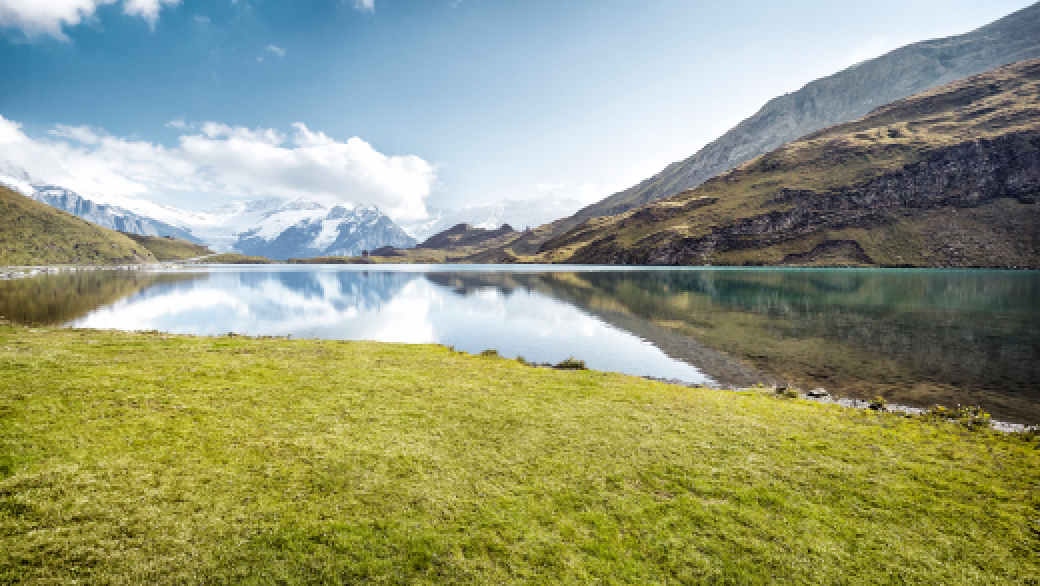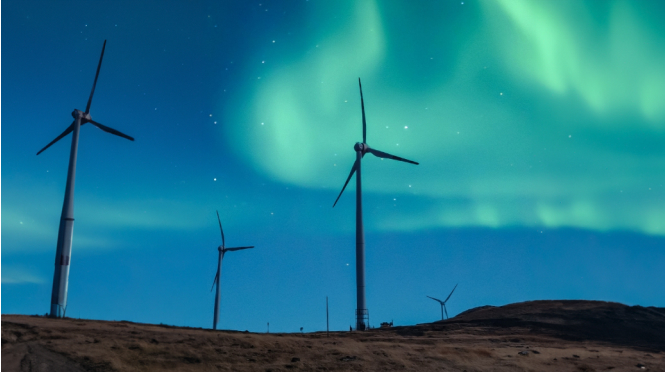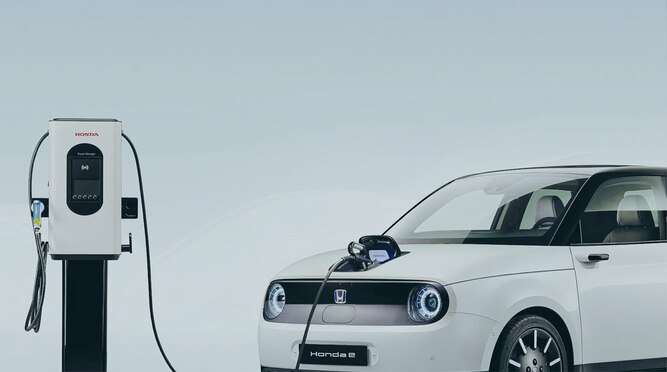Conserving Water Resources
Focusing on Conserving Water Resources Through Management and Testing

Cognizant of the potential for business activities to impact upstream and downstream water resources, Honda is also focusing on the conservation of water resources.
Since Honda seeks out communities where harmonious coexistence with nearby water sources is viable as potential plant locations, and builds plants in compliance with host countries’ environmental assessment laws and regulations, no water sources are significantly impacted by the Company’s water use.
In addition, no water sources are affected by wastewater from Honda facilities since it treats wastewater and discharges treated water in accordance with applicable laws and regulations. Under these circumstances, Honda appropriately manages the amount of water used and works to manage and provide information on wastewater, which includes thorough quality control and the disclosure of water quality test findings.
In addition, to minimize water intake, various business sites are implementing initiatives based on regional circumstances, such as the utilization of recycled water and water conservation.
Honda verifies the water risk for all production sites using assessment tools such as Aqueduct and Water Risk Filter. Accordingly, Honda has prioritized the introduction of a water recycling system at the Celaya Auto Plant of Honda de Mexico S.A. de C.V. in Mexico, the Tapukara Plant of Honda Cars India Ltd. in India, and the No. 2 Plant of Guangqi Honda Automobile Co., Ltd. in China, where the water risk is particularly high.
Total consumption of recycled water at production sites amounts to about 3.86million m3 a year, accounting for about 16% of Honda’s total annual water use.
Honda will continue to introduce its water recycling system around the world.
Honda strives to reduce the environmental impact during product usage. The Company’s lineup of engines for outboard motors consists solely of four-stroke engines, with the aim of reducing water contamination by outboard motors around the world.
Honda has continuously undertaken conservation activities for forest watersheds since 1999 as part of its social contribution program. Production sites protect and manage the forest watersheds that they benefit from and strive to keep them optimized for each region. Aware of the fact that water is an indispensable resource supporting its business, Honda will continue implementing this activity.


